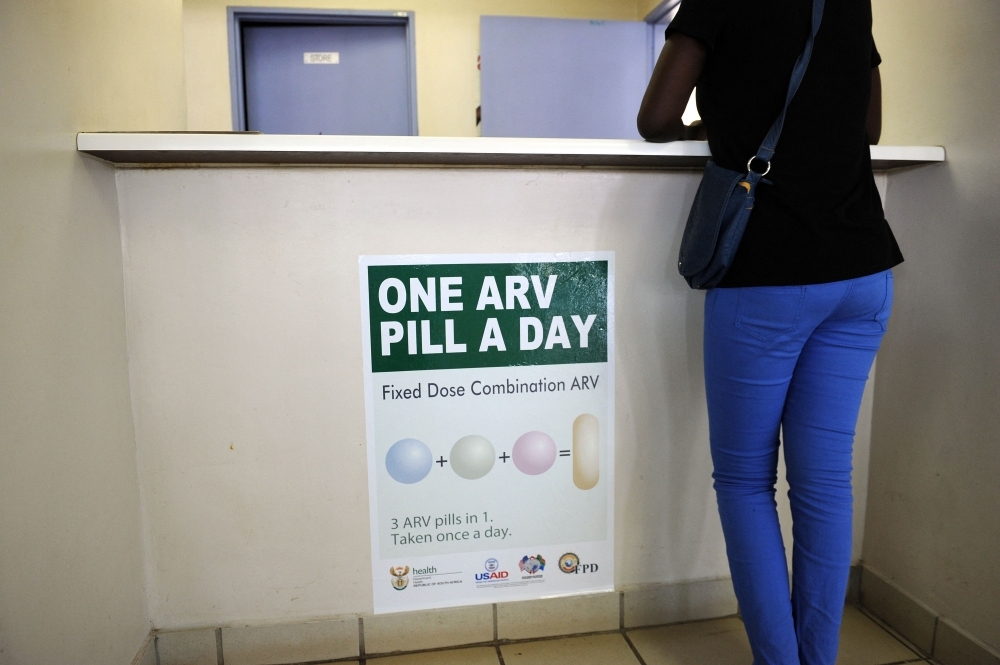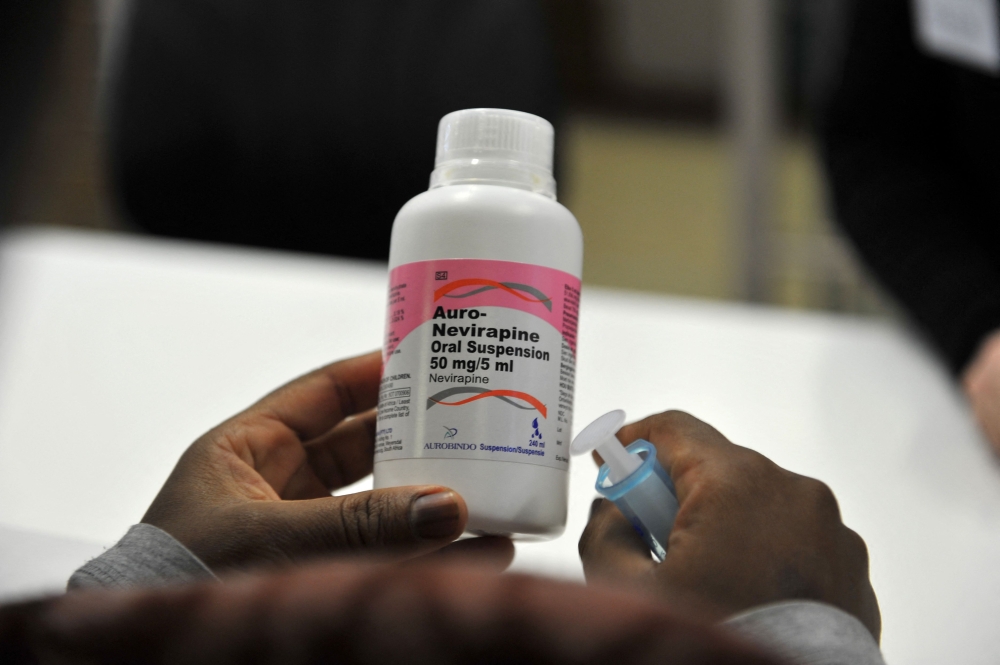
‘Totally unreliable partner’: South Africa’s HIV clinics scramble to provide prevention, treatment after US aid freeze

A woman queues at Phedisong clinic on April 8, 2013 during the launch of the new single dose anti-AIDs drug in Ga-Rankuwa, 100 kms north of Johannesburg. — AFP pic
Wednesday, 05 Feb 2025 9:00 PM MYT
JOHANNESBURG, Feb 5 — The gates at a Johannesburg LGBTQ clinic called OUT have been closed for more than a week and HIV prevention and treatment services suspended for its 6,000 clients.
The lights are also off at the University of the Witwatersrand’s HIV project, a leader in the provision of services to sex workers in South Africa, a country with one of the largest HIV-positive populations in the world.
They are among the several South African HIV/AIDS healthcare providers that have been confused, angry and scrambling for survival since US President Donald Trump issued a 90-day freeze last week on Washington’s foreign aid.
“Short-term, I hope that some money can flow so that medium- and long- term, we can make other plans,” said Dawie Nel, the director at OUT, whose Engage Men’s Health clinic in Johannesburg has a note fixed to the gate that announces it is “temporarily closed”.
South Africa is one of the largest recipients of funds from the US HIV/AIDS response programme called PEPFAR, a project launched in 2003 and now paused by the funding freeze.
PEPFAR accounts for 17 percent of the country’s HIV budget, ensuring some 5.5 million people receive anti-retroviral (ARV) treatment, according to the health ministry.
“The US is a totally unreliable partner,” said Nel. “The system is very volatile and chaotic.”
OUT’s services identify around four to five cases of HIV a day along with other sexually transmitted diseases, he said.
It had been banking on US$2 million (RM8.9 million) in US funds to continue until September to provide its 2,000 clients with HIV treatment and another 4,000 clients with the preventative drug PrEP.

People protest outside of the headquarters for United States Agency for International Development (USAID), before Congressional Democrats hold news conference in Washington, DC, on February 3, 2025. — AFP pic
‘Left behind’
Around 14 percent of South Africans, around 8.45 million people, were HIV positive in 2022, according to government statistics, one of the highest rates in the world.
After a slow response to its AIDS crisis that cost more than 2.5 million lives, the country today has one of the world’s biggest HIV treatment programmes.
“The PEPFAR-fund freeze will take South Africa and the world back in terms of the gains we have made in our response to HIV,” the Treatment Action Campaign’s Anele Yawa said in a statement.
“People are going to be left behind in terms of prevention, treatment and care.”
Since the freeze was announced, a waiver for humanitarian aid, including life-saving treatments, has been issued but many organisations are unclear whether it applies to them.
The Wits University’s Reproductive Health and HIV Institute has posted on its Facebook page that its Key Population Programme clinics for sex workers and transgender people were “closed until further notice”.
The implications of the USAID stop order were being reviewed “and mitigation plans are being developed and deployed”, Wits Health Sciences dean Shabir Madhi said in a statement.

A mother gets on May 16, 2012 antiretroviral (ARV) drugs at the Chris Hani Baragwanath Hospital, South Africa's largest public hospital, in Soweto. — AFP pic
‘Undue suffering’
South Africa’s government has vowed to make up the difference in HIV funding by reallocating budgets for “key priorities”.
But what those priorities should even be “is difficult to say unless we have a more informed decision from the Americans”, Munya Saruchera, director of the African Centre for Inclusive Health Management at Stellenbosch University, told AFP.
The country may however be able to leverage its presidency of the G20 this year to “lead the Africa bloc into collective discussions with Western countries” to secure resources, he said.
The retreat in foreign aid spending by the United States, the world’s largest foreign aid donor, “creates opportunities for other countries like China”, said Craig Lasher, senior policy fellow for health advocacy group Population Action International.
But prolonged delays in filling funding gaps will pose “undue suffering” to health service workers and the communities they support, Lasher said.
“The longer they last, the more difficult it will be to rebuild the programmes,” he warned. — AFP
According to America-hating propagandists, USAID is an Evil organisation.
ReplyDeleteA lot of Crap.
PEPFAR is a division of USAID that handled US HIV/AIDS response programme.
DeleteSouth Africa is one of the largest recipients of funds from the US HIV/AIDS response programme called PEPFAR.
PEPFAR accounts for 17 percent of the country’s HIV budget, ensuring some 5.5 million people receive anti-retroviral (ARV) treatment, according to the health ministry.
17% out of a total budget of $6.5 billion PEPFAR annual budget!
What happened to the other 83%?
The other 83% of the PEPFAR budget is spent in similar programs in other countries of Africa , Asia and South America.
DeleteOoop… my bad!
DeleteThat 17% is SAfrica's HIV budgeting of R30B. At 0.054R to a $, that's $275M, inclusive of government spending, PEPFAR funding, and Global Fund funding.
$275M out of a total budget of $6.5 billion PEPFAR annual budget!
South Africa should look more to BRICS, especially Super Rich China for help with AiDS instead of the much maligned and hated Wankees.
ReplyDeleteU didn't notice that SAfrica is a key member country of BRICS!
DeleteMfer, how do u know that BRICS is not helping?
Provide proof of China assistance to South Africa on AIDS.
DeleteDon't just fart your smelly CCP gas
China actively supports African countries in their fight against HIV by sending medical teams, donating medicines and equipment, and helping establish disease prevention centers, effectively playing a leading role in combating AIDS across the continent; this includes building capacity within African healthcare systems by training local medical personnel and establishing treatment centers in various African nations.
Deletecf: The Joint United Nations Programme on HIV/AIDS (UNAIDS) and China signed two new Memoranda of Understanding (MOU) to advance joint strategic efforts to end AIDS in China and globally.
Enough?
Or SAfrica ain't country listed under (UNAIDS) in yr mfering reads!